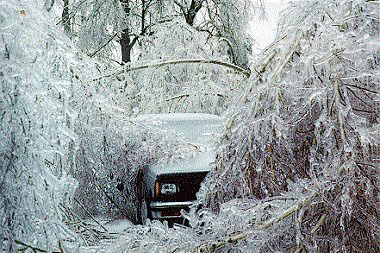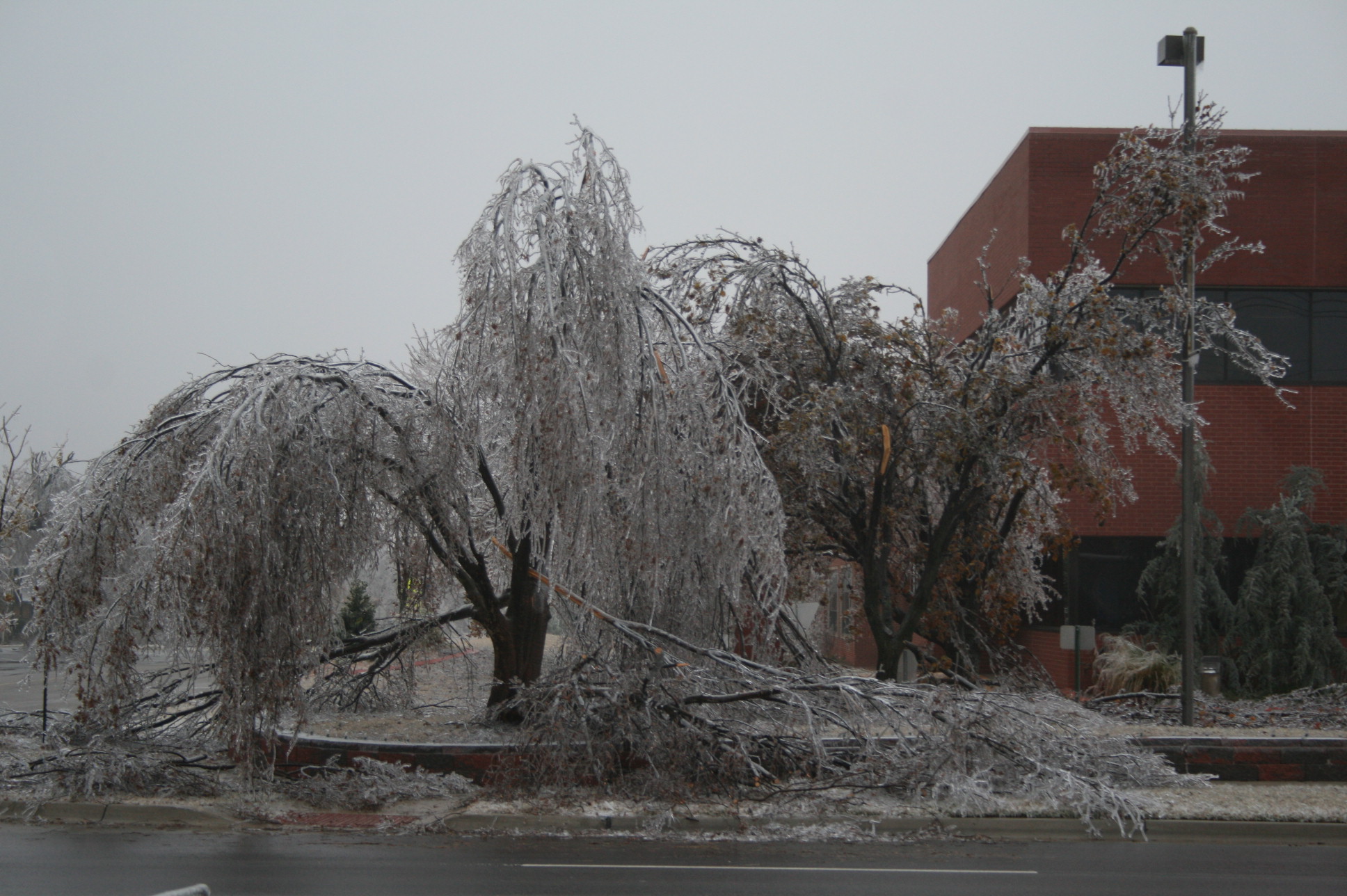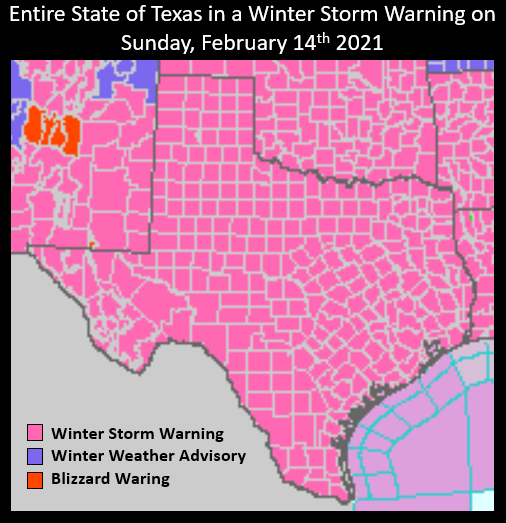Topic ecology definition of ecosystem: Dive into the heart of ecology with our exploration of ecosystems, where life interconnects in delicate balance, offering insights into the planet"s biodiversity.
Table of Content
- What is the definition of an ecosystem in ecology?
- Understanding Ecosystems in Ecology
- Components of Ecosystems: Biotic and Abiotic Factors
- Types of Ecosystems: Terrestrial, Aquatic, and Marine
- Energy Flow in Ecosystems: The Role of Producers, Consumers, and Decomposers
- Nutrient Cycles: Carbon, Nitrogen, and Water Cycles
- YOUTUBE: What Is An Ecosystem
- Ecosystem Services: Benefits to Humanity
- Human Impact on Ecosystems: Conservation and Restoration Efforts
- Case Studies: Examples of Ecosystem Management and Restoration
- Emerging Research in Ecosystem Ecology: Future Directions
What is the definition of an ecosystem in ecology?
An ecosystem in ecology is defined as:
- A geographic area where plants, animals, and other organisms coexist with weather and landscapes in a balanced system.
- Comprising both living (biotic) and non-living (abiotic) components that interact with each other.
- The integrated study of the relationships and interactions between all elements within the environment.
READ MORE:
Understanding Ecosystems in Ecology
An ecosystem in ecology refers to a complex network of living organisms (biotic factors) and their physical environment (abiotic factors) interacting as a system. These interactions create a unit that supports life through energy flows and nutrient cycles, making ecosystems fundamental to understanding ecological processes.
- Biotic Components: Includes all living organisms, from plants and animals to microorganisms, contributing to the biological diversity of the ecosystem.
- Abiotic Components: Encompasses non-living elements like climate, water, soil, and sunlight that influence how ecosystems function.
- Energy Flow: Describes how energy is transferred from one organism to another within an ecosystem, primarily through food webs and chains.
- Nutrient Cycles: Essential processes like the carbon and nitrogen cycles recycle nutrients, ensuring the sustainability of ecosystems.
Understanding ecosystems allows us to appreciate the delicate balance that sustains life on Earth, highlighting the importance of conservation and sustainable management of natural resources.

Components of Ecosystems: Biotic and Abiotic Factors
Ecosystems are intricate systems where life forms and their physical surroundings interact. These interactions are categorized into biotic and abiotic factors, each playing a pivotal role in the ecosystem"s health and functionality.
- Biotic Factors: These are the living components of an ecosystem, including plants, animals, bacteria, fungi, and any other living organisms. They are crucial for the flow of energy and the cycling of nutrients.
- Abiotic Factors: These refer to the non-living physical and chemical elements in an ecosystem, such as sunlight, temperature, water, minerals, and soil. Abiotic factors determine the environment in which the biotic factors live and influence their growth, survival, and reproduction.
The interaction between biotic and abiotic components creates a dynamic system that supports life. Plants (producers) convert solar energy into food through photosynthesis, animals (consumers) eat these plants or other animals, and decomposers break down dead organisms, returning nutrients to the soil, which supports new plant life. This cycle demonstrates the interconnectedness of biotic and abiotic factors within ecosystems.
Understanding these components and their interactions is essential for the conservation of biodiversity and the sustainable management of natural resources, ensuring ecosystems continue to function and support life.
Types of Ecosystems: Terrestrial, Aquatic, and Marine
Ecosystems on Earth vary widely due to differences in climate, geography, and biodiversity. They can be broadly classified into terrestrial, aquatic, and marine ecosystems, each with unique characteristics and life forms.
- Terrestrial Ecosystems: These are land-based ecosystems, which include forests, grasslands, deserts, and tundra. Each type supports different communities of plants and animals adapted to their specific environment. For example, forests are rich in biodiversity, including a vast array of trees, mammals, birds, and insects, while deserts are home to species that have adapted to harsh, dry conditions.
- Aquatic Ecosystems: Aquatic ecosystems are water-based and can be freshwater (lakes, rivers, and ponds) or brackish (estuaries). Freshwater ecosystems are vital for the water cycle and host species adapted to the water"s chemical composition, temperature, and flow. Estuaries, where freshwater meets seawater, provide nutrient-rich habitats for many species.
- Marine Ecosystems: Covering over 70% of the Earth"s surface, marine ecosystems are found in the oceans and seas. They range from shallow coastal waters to the deep sea and are categorized by their depth and light penetration, which significantly affects the types of life forms they can support. Coral reefs, part of marine ecosystems, are known for their stunning biodiversity.
Understanding the types of ecosystems is crucial for ecological studies and conservation efforts, as each ecosystem type has distinct roles in the Earth"s biological and physical processes.

Energy Flow in Ecosystems: The Role of Producers, Consumers, and Decomposers
The flow of energy through an ecosystem is fundamental to its function, supporting the complex web of life from the smallest organisms to the largest predators. This energy flow is facilitated by producers, consumers, and decomposers, each playing a crucial role in ecological balance.
- Producers (Autotrophs): These are organisms that produce their own food through photosynthesis or chemosynthesis, converting solar or chemical energy into organic matter. Plants, algae, and some bacteria are the primary producers in most ecosystems, serving as the base of the food web.
- Consumers (Heterotrophs): Consumers are organisms that obtain energy by eating other organisms. They are classified into primary consumers (herbivores that eat producers), secondary consumers (carnivores that eat herbivores), and tertiary consumers (carnivores that eat other carnivores).
- Decomposers: Decomposers, including fungi and bacteria, break down dead organisms and waste materials into simpler substances, recycling essential nutrients back into the ecosystem. This process allows for the continuous flow of energy and matter, making decomposers vital for ecosystem sustainability.
Understanding the roles of producers, consumers, and decomposers highlights the interconnectedness of all living things within ecosystems. It also underscores the importance of each organism in maintaining the health and balance of ecological communities.
Nutrient Cycles: Carbon, Nitrogen, and Water Cycles
Nutrient cycles play a vital role in maintaining the balance and health of ecosystems. The carbon, nitrogen, and water cycles are fundamental processes that recycle essential elements through the atmosphere, lithosphere, hydrosphere, and biosphere, supporting life on Earth.
- Carbon Cycle: The carbon cycle describes the process by which carbon is exchanged among the biosphere, pedosphere, geosphere, hydrosphere, and atmosphere of the Earth. It includes the photosynthesis by plants that convert CO2 into organic materials, which are then passed through the food chain. The respiration, decay, and combustion of organic matter release CO2 back into the atmosphere, completing the cycle.
- Nitrogen Cycle: Nitrogen is essential for all living organisms as it is a key component of amino acids, proteins, and DNA. The nitrogen cycle involves the conversion of nitrogen and nitrogen-containing compounds in the environment. This includes nitrogen fixation by bacteria, assimilation by plants, consumption by animals, and eventual release back into the soil and atmosphere through decomposition and denitrification.
- Water Cycle: The water cycle, or hydrological cycle, involves the continuous movement of water on, above, and below the surface of the Earth. This cycle includes evaporation, condensation, precipitation, infiltration, surface runoff, and subsurface flow. The water cycle is crucial for the distribution of heat and energy, regulating climate and supporting all life forms.
These cycles are interconnected, with each element affecting the others. Understanding these nutrient cycles is crucial for ecological research and for developing strategies to address environmental challenges such as climate change, pollution, and habitat destruction.
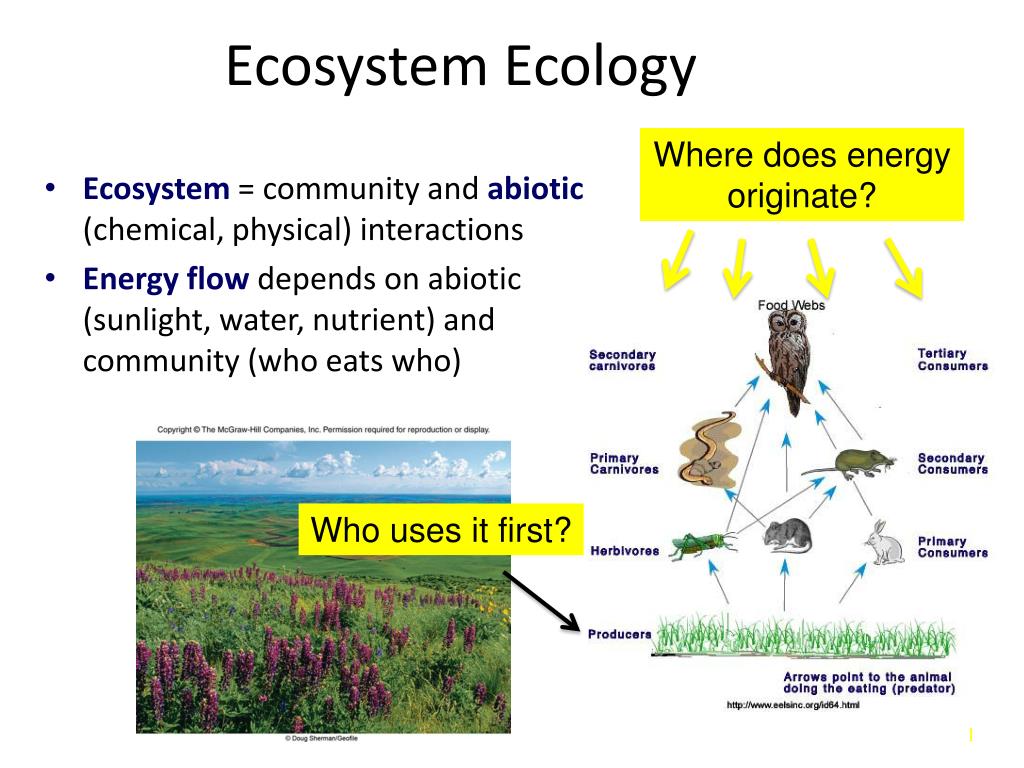
What Is An Ecosystem
Ecosystem: Immerse yourself in the beauty and wonder of our planet\'s interconnected web of life. Watch as diverse species thrive and coexist harmoniously in this captivating exploration of the ecosystem. Ecology: Discover the intricate relationships between organisms and their environments in this fascinating delve into the world of ecology. Gain insight into how nature maintains balance and sustains life in this enlightening video.
Ecosystem Services: Benefits to Humanity
Ecosystem services are the many and varied benefits that humans freely gain from the natural environment and from properly-functioning ecosystems. Such services are critical to human welfare and survival, underpinning our economy, society, and quality of life in fundamental ways.
- Provisioning Services: These are the products obtained from ecosystems, including food, water, timber, fiber, and genetic resources. They are the basis of most agricultural and industrial activities, directly supporting human survival and economic activities.
- Regulating Services: Ecosystems regulate essential environmental processes and life-support systems, such as climate regulation, flood control, disease regulation, and water purification. These services help mitigate environmental hazards and ensure the stability and health of the environment for humans.
- Cultural Services: Natural environments provide cultural, spiritual, recreational, and educational benefits, enhancing human wellbeing and community identity. These include aesthetic inspiration, cultural heritage, outdoor recreation, and spiritual significance associated with natural landscapes.
- Supporting Services: These are the natural processes that maintain other services, including nutrient cycling, soil formation, and the production of oxygen. These foundational processes enable the Earth to sustain basic life forms and are crucial for the other ecosystem services.
Recognizing the value of ecosystem services is essential for sustainable management and conservation of natural resources, ensuring that these benefits continue to support future generations.
What Is Ecology and Ecosystem Classification
Human Impact on Ecosystems: Conservation and Restoration Efforts
Human activities have profoundly impacted ecosystems worldwide, leading to biodiversity loss, habitat destruction, and environmental degradation. Recognizing these challenges, conservation and restoration efforts aim to mitigate human impact and preserve the natural world for future generations.
- Conservation Initiatives: These efforts focus on protecting natural habitats, endangered species, and biodiversity. Conservation strategies include establishing protected areas such as national parks and wildlife reserves, enforcing environmental laws, and promoting sustainable use of natural resources.
- Restoration Projects: Restoration aims to return degraded ecosystems to their original state. Projects may involve replanting forests, restoring wetlands, cleaning contaminated water bodies, and reintroducing native species. These actions help to recover ecosystem services and lost biodiversity.
- Community Involvement: Engaging local communities in conservation and restoration projects is crucial for their success. Community-based approaches ensure that conservation efforts are socially inclusive and economically beneficial to local populations.
- Eco-Friendly Practices: Promoting eco-friendly practices among individuals and industries can significantly reduce human impact on ecosystems. These include reducing waste, recycling, sustainable farming and fishing practices, and reducing carbon footprints.
Through concerted global and local efforts, it is possible to mitigate the negative impacts of human activities on ecosystems and ensure the preservation and recovery of our planet"s biodiversity and ecological health.
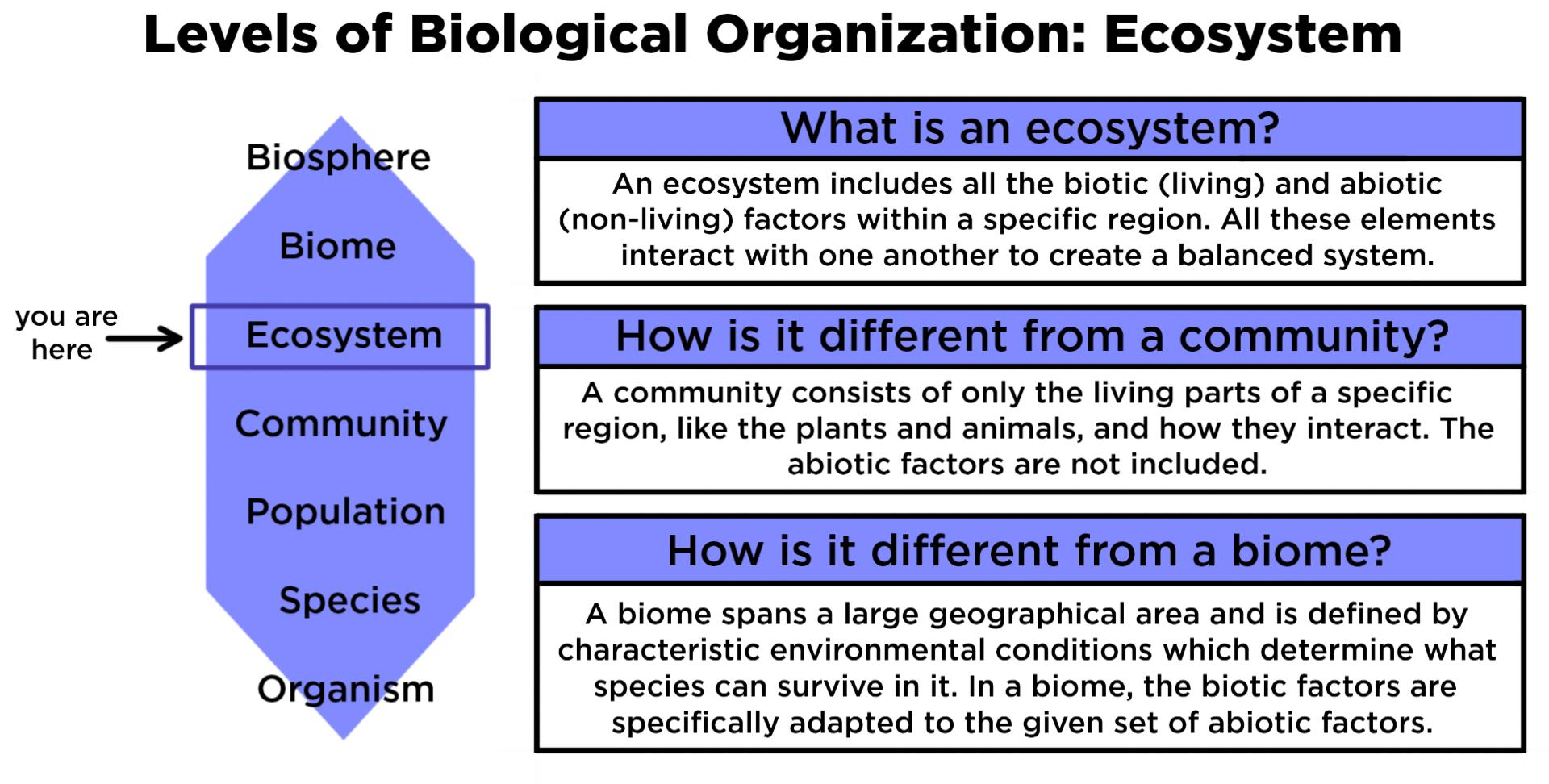
Case Studies: Examples of Ecosystem Management and Restoration
Ecosystem management and restoration projects around the world provide valuable insights into the possibilities and challenges of conserving biodiversity and restoring degraded landscapes. Here are some exemplary case studies that illustrate successful strategies and outcomes.
- The Everglades Restoration Project, USA: Aimed at restoring the natural flow of water to this unique wetland ecosystem, the project includes removing artificial barriers, replenishing water levels, and reintroducing native species. It represents one of the largest efforts in ecosystem restoration.
- The Great Green Wall, Africa: This ambitious initiative aims to combat desertification in the Sahel region by planting a 15 km wide and 7,775 km long wall of trees across Africa. It seeks to restore degraded lands, improve food security, and provide economic benefits to local communities.
- Reforestation in China: China"s reforestation projects, such as the Loess Plateau Watershed Rehabilitation Project, have transformed barren lands into productive landscapes. These efforts have reduced soil erosion, increased vegetation cover, and improved local livelihoods.
- Coral Reef Restoration, Caribbean: Projects focused on coral propagation and transplantation aim to restore damaged reefs. Techniques include growing coral in nurseries and then transplanting them to degraded areas, helping to increase biodiversity and support marine life.
These case studies demonstrate the positive impact of targeted ecosystem management and restoration efforts, offering hope and inspiration for future projects worldwide.
READ MORE:
Emerging Research in Ecosystem Ecology: Future Directions
The field of ecosystem ecology is rapidly evolving, with new research avenues opening up that promise to deepen our understanding of ecological processes and improve our ability to manage and restore ecosystems. Here are some key areas of emerging research and future directions.
- Climate Change and Ecosystem Resilience: Studies focusing on how ecosystems respond to climate change are crucial. Research is aimed at understanding the resilience of ecosystems to extreme weather events, rising temperatures, and changing precipitation patterns.
- Urban Ecology: As urban areas expand, understanding the ecological dynamics within urban environments has become increasingly important. Research in this area focuses on biodiversity conservation, green infrastructure, and the role of urban areas in ecosystem services.
- Technological Applications in Ecology: The use of technology, including remote sensing, GIS, and drone technology, is transforming ecological research. These tools allow for the monitoring of ecosystems at unprecedented scales and detail, providing valuable data for conservation and management.
- Restoration Ecology: With the degradation of many ecosystems worldwide, research on restoration techniques and strategies is vital. This includes studies on species reintroduction, habitat restoration, and the use of native plants to restore ecosystem functions.
- Integrated Ecosystem Management: Research is increasingly focusing on holistic approaches to ecosystem management that consider social, economic, and environmental factors. This includes adaptive management strategies that can respond to changing conditions and uncertainties.
Emerging research in ecosystem ecology holds the promise of novel insights and tools for addressing global environmental challenges, ensuring the health and sustainability of ecosystems for future generations.
Exploring the intricate web of ecosystems reveals the beauty and complexity of our planet, offering invaluable insights for sustainable living and the preservation of our natural world for future generations.

